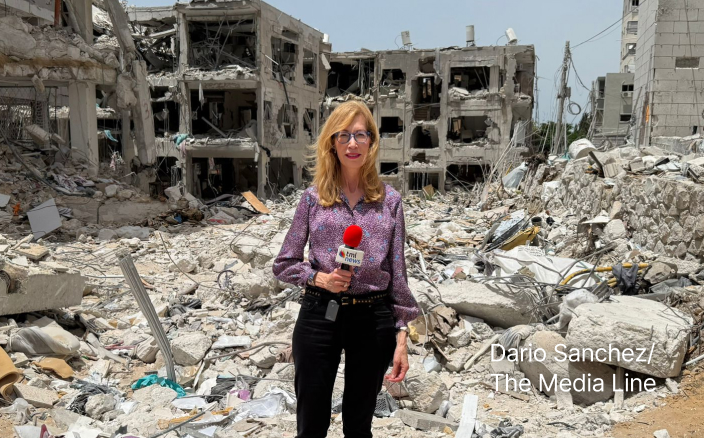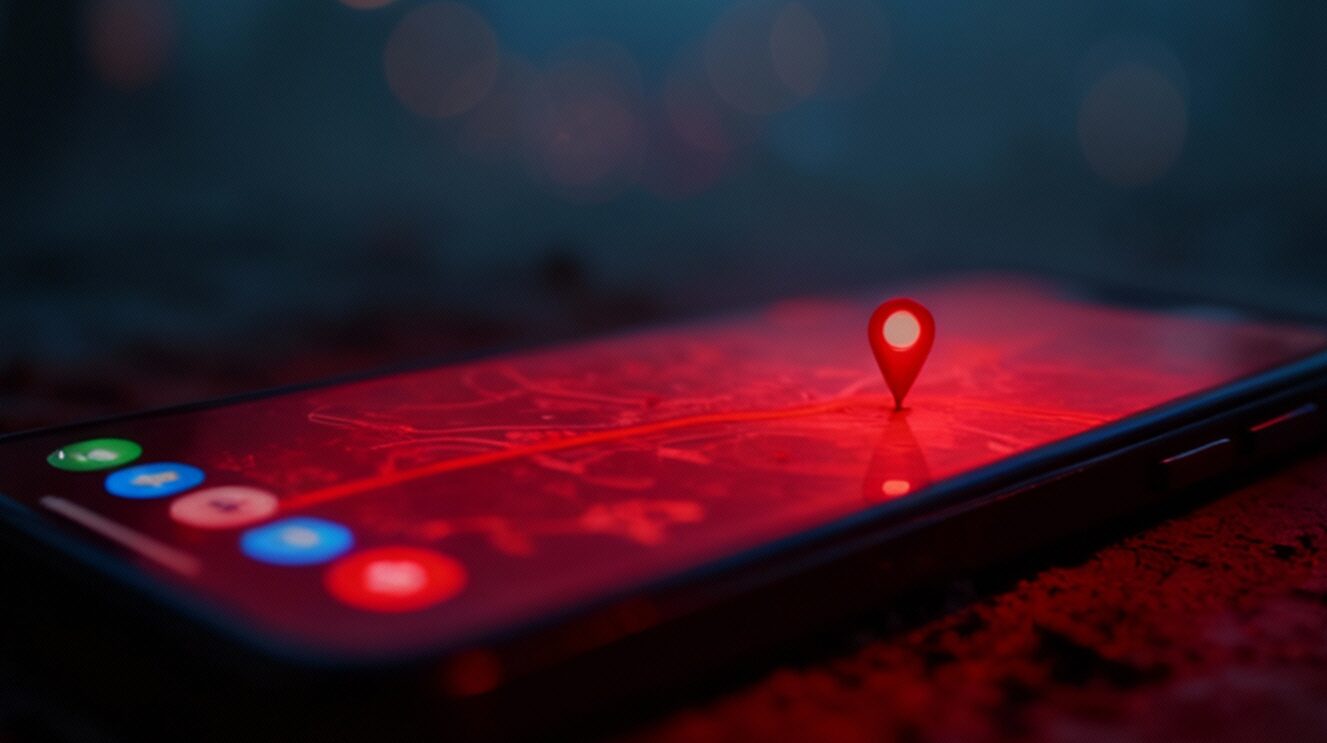Qatar, Terror Groups Use X’s Location-Reveal Feature as ‘Tool of War,’ International Security Expert Says
The update has shown that accounts posing as witnesses to bombings or famine in Gaza were posting from Poland, India, Turkey, Qatar, Japan, or Southeast Asian content hubs
X’s new location-reveal feature is forcing a broad reassessment of how digital activism is understood. What seemed like a minor technical update has revealed that some of the most influential accounts shaping public opinion on conflicts, elections, and humanitarian crises were posting from countries far removed from the events they claimed to describe. The implications extend across continents, touching nearly every political cause amplified online over the past two years.
“This is a tool in the war,” Moshe Debby, strategic consultant, expert in international affairs, and chairman of Debby Group, told The Media Line, describing a coordinated digital architecture that operates across borders and at a pace he says outstrips the ability of any platform to regulate it. He warned that the new location-reveal feature on X merely exposes a small part of a global system in which networks of state-backed actors, extremist groups, and professionalized influence campaigns move in unison to shape public perception long before facts can be verified.
The update has shown that accounts posing as witnesses to bombings or famine in Gaza were posting from Poland, India, Turkey, Qatar, Japan, or Southeast Asian content hubs. Others claiming to report from protests in Tehran, London, or American swing states were traced to distant locations operating at scale. Many raised money, circulated emotional videos, or pushed narratives that shaped major media coverage long before facts could be independently verified.
Every morning, I had to block dozens of accounts I recognized as fake. Some days it felt like a concerted attack.
For Einat Wilf, the transparency is welcome but insufficient. Speaking to The Media Line, she said the two years since Oct. 7 saw unprecedented levels of digital aggression. “Every morning I had to block dozens of accounts I recognized as fake,” she said. “Some days it felt like a concerted attack.” She added that this pattern was not new: “It’s never been about Israel, not really. It’s always been about an assault on Jewish life — an assault on the idea that Jews can be independent.”
Debby views the update in strategic terms. Artificial intelligence, he said, has already surpassed the capacity of social media companies to counter coordinated messaging. “More than 60% of what we are reading is fake news,” he said. “And it will grow.” To him, political actors, extremist groups, and state-aligned networks have turned the digital sphere into a battlefield where narratives are seeded, amplified, and weaponized at speeds institutions cannot match.
Give the gift of hope
We practice what we preach:
accurate, fearless journalism. But we can't do it alone.
- On the ground in Gaza, Syria, Israel, Egypt, Pakistan, and more
- Our program trained more than 100 journalists
- Calling out fake news and reporting real facts
- On the ground in Gaza, Syria, Israel, Egypt, Pakistan, and more
- Our program trained more than 100 journalists
- Calling out fake news and reporting real facts
Join us.
Support The Media Line. Save democracy.


Among these actors, Debby identifies Qatar as a central force. He described “two countries” financing and operationalizing digital networks that blend activist messaging, anonymous accounts, and content farms. “This is organized,” he said. “It’s not three individuals who want to do something. It is an organization.” Much of the messaging infrastructure, he suggested, is tied to entities operating in the orbit of the Muslim Brotherhood.
He also pointed to Western environments that he believes have become especially fertile ground for these influence campaigns. Referring to England, he said, “The Great Islamic Kingdom has become a main stage” for anti-Israel messaging promoted by networks with foreign sponsorship. He attributed this dynamic to demographic change, political fragmentation, and the rapid adoption of narratives shaped in Doha, Ankara, and elsewhere.
More than 60% of what we are reading is fake news. And it will grow.
Both Wilf and Debby highlighted how the mainstream media are often inadvertently drawn into these networks. Debby recalled high-profile cases of dramatic images from Gaza being published by global outlets before verification. “Who cares that after three days they publish an apology?” he said. “The majority didn’t read the apology. They saw the main story.” Wilf noted that the global reversal of sympathy after Oct. 7 happened within days, despite the existence of video footage filmed by Hamas itself. “Twitter became insane,” she said. “If you’re just a Jew who wants to see what’s happening in the world, it’s too aggressive for that.”
The public’s ability to distinguish authentic reporting from coordinated influence has eroded, Debby said. Most users do not verify information before sharing it, especially during crises. “People want an answer now. They don’t want to check,” he said. “By the time you know the right answer, it’s too late — the fake news is spread all over the net.” Narratives, he stressed, gain traction “in minutes,” long before journalists or governments can respond.
The implications extend to Israeli companies operating abroad, some of which have historically downplayed their national origin for commercial or political reasons. Debby said there are “two types of Israeli companies operating abroad — those that tend to obscure their origin and those that don’t.” While he believes firms should not hide their identity, he understands why some fear negative impacts on sales. “On the other hand, Oracle actually notes the connection to Israel,” he said. Still, he sees the feature as having limited practical effect. “Anyone who needs Israeli products will buy them anyway,” he said. “All the information about these companies is already out there.”
People want an answer now. They don’t want to check. By the time you know the right answer, it’s too late — the fake news is spread all over the net.
Wilf and Debby converge on a shared conclusion: X’s update may offer a clearer window into the digital world, but it does little to neutralize the forces that dominate it. Wilf warns that determined actors “will find a way around it,” and Debby expects an increasingly turbulent information space. “It will be much more chaotic,” he said. “We need social media companies to do much more to defend us from fake news. If not, this can start wars.”
The update does not resolve the tensions it exposes, but it removes the comfort of uncertainty. What once operated behind layers of anonymity now stands in clearer view, and the actors who shaped global conversations from afar can no longer easily rely on invisibility.

